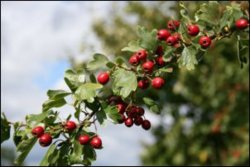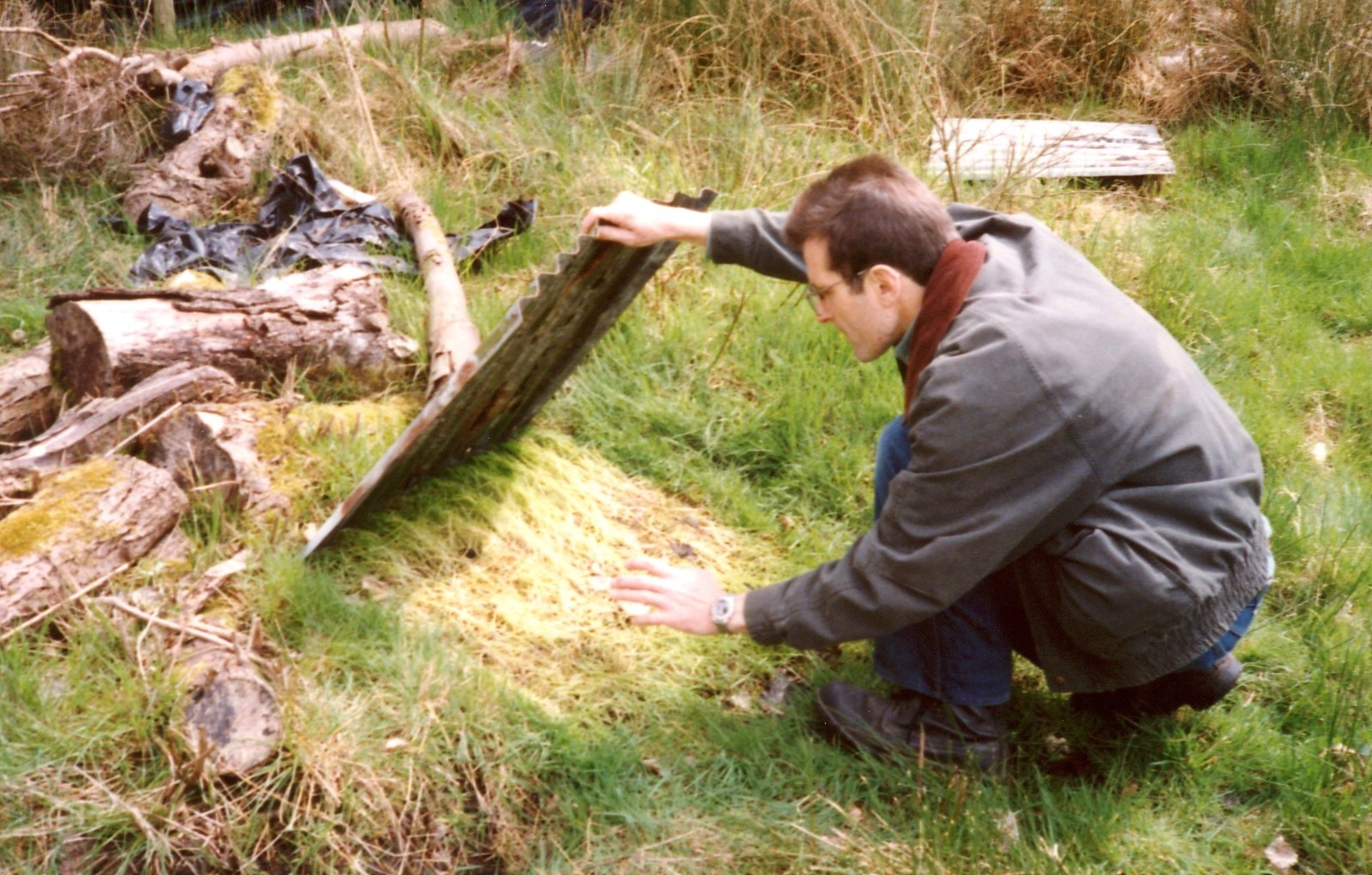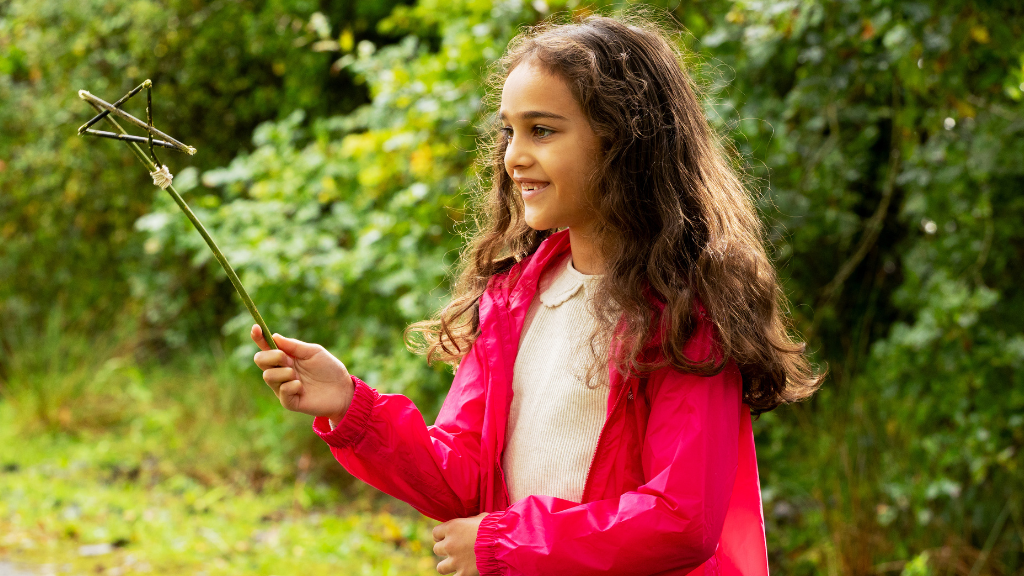Sustainable planting
Guest blog by London Wetland Centre's gardening expert Alwyn Craven
Choosing plants for your garden can be a bewildering experience at the best of times with the huge range of plants on offer. But rather than making things even more complicated, sustainable planting actually simplifies the choice. All you need to do is think about a few basic tenets.
The first of these simply involves putting the right plant in the right place. Let the conditions of the site influence your planting and your garden is guaranteed to thrive, needing less effort and resources to look after it for more beauty and enjoyment in return.
Take the planting in our new RBC Rain Garden; each area has been carefully planted with plants that are ideally suited to the conditions. The green roof on the converted shipping container dries out quickly in summer so it is planted with tough, drought tolerant plants like thymes and sedums which will survive the harsh conditions.
Whereas the seasonally wet rain gardens, which hold the water collected from the green roof need plants which can tolerate wet conditions with the occasional dry spell. Here we have planted a beautiful array of herbaceous perennials including Purple loosestrife, Primulas and Ornamental rhubarb.
The second tenet is to choose plants that are great for wildlife. Firstly choose your trees and shrubs which will provide essential structure, utilising all that vertical space to create a habitat for wildlife. Look for those with more than one feature, such as blossom for insects followed by berries for birds and mammals. Rowan trees and Hawthorns are good examples of native trees which fit the bill perfectly. When choosing your herbaceous perennials and annuals think about providing nectar for insects or seeds for birds like goldfinches. Coneflowers, which we have growing in our sustainable gardens provide both, and the stems look great if left over winter.
The third and last tenet is to look for plants which have been produced sustainably. Nurseries which care about the environment probably care more about their plants too. Try to cut down on the miles your plants have travelled by buying British grown plants and look out for nurseries that use peat free or peat reduced composts. We don’t use any peat in our nursery, where we grow herbs and wildflowers for the shop on site.
By taking into account just these few issues, you will not only simplify your plant choice, but you will create a thriving, low maintenance garden that is great for wildlife and for you.





